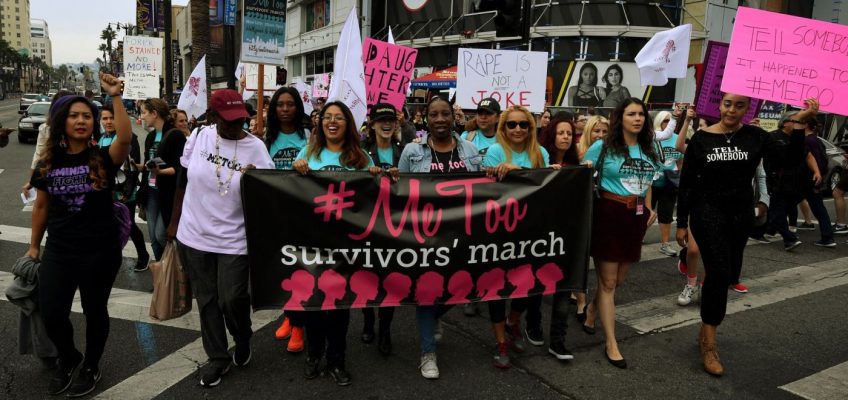WHICH KID’S LOUNGEWEAR IS BEST?
Everyone likes to be comfortable while relaxing in their own homes, and that includes children. Kids’ loungewear is just what they need to kick back on the couch to watch cartoons or sprawl on their bed with a good book. Here’s what you need to know before buying your child a set.
WHAT TO KNOW BEFORE YOU BUY KID’S LOUNGEWEAR
Comfort
The whole point of loungewear is that it should be comfortable. The cuffs should be soft with plenty of stretch to them, since kids tend to hate tight cuffs and some won’t abide elasticized cuffs at all. The waistband should have covered elastic with a soft stretch to it so it doesn’t dig in. The neck shouldn’t be too small so it’s easy for your child to get their head through and it doesn’t rub or feel tight while wearing the top.
Sizing
Most kids’ loungewear has age-based sizing, such as 1 to 2T, 5 to 6 years and so on. In theory, this makes it easier to find the right size for a child, but not all children fit the clothes designed for their age range. If your child is tall or short for their age, you may need to size up or down. If in doubt, check the sizing chart.
WHAT TO LOOK FOR IN QUALITY KID’S LOUNGEWEAR
Sets
Many pieces of loungewear for kids are sold in sets featuring both tops and bottoms. However, you can also buy separate tops and pants, which is more practical if your child is smaller on the bottom than the top or vice versa.
Materials
If comfort is your prime concern, loungewear made from natural materials such as cotton or bamboo is soft against the skin and breathable, so kids don’t feel hot or sticky. While 100% cotton or bamboo is great for some garments, others require a little stretch, so they may contain a small percentage of spandex. Polyester and fleece are also popular choices if you’re OK with synthetics.
HOW MUCH YOU CAN EXPECT TO SPEND ON KID’S LOUNGEWEAR
A two-piece loungewear set can cost between $10 and $50, depending on size, brand and overall quality.
KID’S LOUNGEWEAR FAQ
Q. Does gender matter when it comes to kids’ loungewear?
A. You may notice kids’ loungewear is listed as either for boys or girls, but there’s really no difference between them, so any piece of children’s loungewear is suitable for kids of any gender. More often than not, girls’ loungewear features pastel colors, such as lilac or sky blue and prints that are stereotypically considered feminine, like florals or animal prints. Boys’ loungewear is more likely to feature bold or bright colors with stereotypically masculine prints, like camouflage.
Anyone who’s spent much time around kids knows that they’re all individuals with their own likes and dislikes. There’s no reason to adhere to the prescribed gender of a piece of loungewear — just buy what you know your child will like.
Q. Is kids’ loungewear just for wearing at home?
A. This depends on the loungewear and the child. Some loungewear looks much like pajamas and is best for wearing at home, whereas other options are closer to activewear, so they don’t look out of place worn out and about.
However, kids have their quirks, and some might insist on wearing pajama-like loungewear out of the house. As long as it keeps your child warm enough, don’t sweat the small stuff — you probably have more important things to worry about than your child wearing PJs to the store.
WHAT’S THE BEST KID’S LOUNGEWEAR TO BUY?
Top kid’s loungewear
Simple Joys by Carter’s Girls’ Six-piece Snug Fit Cotton Pajama Set
What you need to know: This comfortable loungewear set from a respectable brand fits children and teens from sizes 6 months to 8.
What you’ll love: There is a wide range of color and print options, including both long-sleeved and short-sleeved options. It’s 100% cotton and is machine-washable. It comes with three sets of clothes that you can mix and match.
What you should consider: This set may shrink when machine-washed.
Worth checking out
Adidas Boys’ Tricot Jacket and Pant Clothing Set
What you need to know: These Adidas jackets and track pants are cool and stylish for fashion-conscious kids. They come in sizes from three months to seven years.
What you’ll love: They’re available in a range of colors and prints, most with the classic Adidas three-stripe design. There are also cuff-free pant options. They’re a great value for money.
What you should consider: Some people complain that the pants are slightly short.
Prices listed reflect time and date of publication and are subject to change.
Check out our Daily Deals for the best products at the best prices and sign up here to receive the BestReviews weekly newsletter full of shopping inspo and sales.
BestReviews spends thousands of hours researching, analyzing and testing products to recommend the best picks for most consumers. BestReviews and its newspaper partners may earn a commission if you purchase a product through one of our links.




